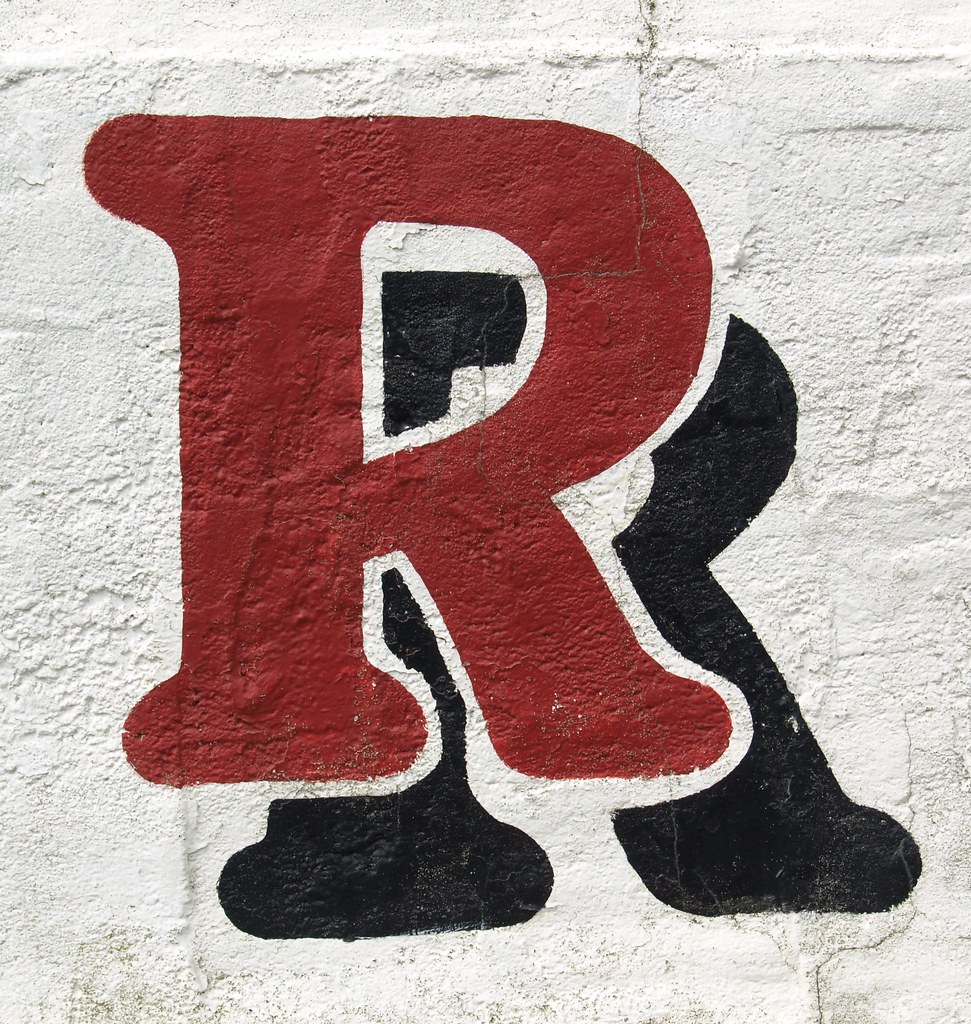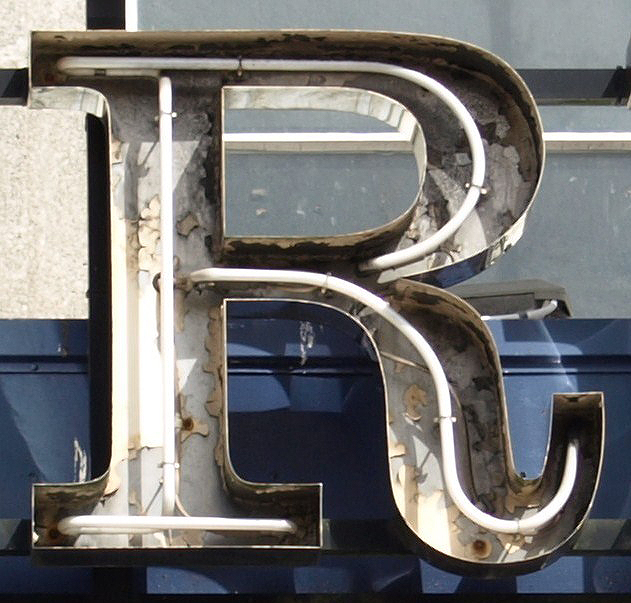10 Tips for Rolling the Spanish R
The infamous Spanish trilled R is found in words like perro (“dog”), rama (“branch”), and ferrocarril (“railway”), and I’m sure this double R has probably caused more grief to students of Spanish than the subjunctive, conditional, and imperfect…combined. Although most intermediate Spanish learners tend to pick up on how to “tap” or “flap” their Rs—think the way Americans pronounce the “TT” sound in the word butter—trilling or rolling their double Rs is almost always a lot trickier.
The main reason it’s so hard to trill the Spanish R is because many native speakers of English simply can’t reproduce the sound—no matter how hard they try—since the English language has no place for the alveolar trill in its set of sounds, preferring instead the R we all know and love, found in words like wrap, ream, and terabyte.
Nevertheless, everyone is born with the ability to make all the sounds in every human language, from the clicks of the Khoi-San languages to the rounded vowels of French. But infants, mere months out of the womb, begin trying to figure out what sounds belong to the language they’re hearing…and discard the ones they don’t hear. Even at the age of six months, babies have already made serious progress in determining the phonemic system of their new mother tongue, focusing on the sounds they’re hearing and forgetting (most) all the rest.
Of course, many native English-speaking children are still able to roll their Rs despite not being Scottish (ahem), but if you were anything like me, all you could do was blow raspberries with your lips—no such luck with trilling your tongue.
However, once I began seriously studying Spanish in college, I set my heart on learning (re-learning?) how to roll my Rs. Two years of practice later, and a lively, strong trilled R rolled out of my mouth one cold December night. It is still one of the happiest days of my life; I had finally figured out how to roll my Rs!
If you’re still struggling to get to that point, read through these tips and suggestions below. I hope they help you in your quest to sound more native than gringo or guiri in your Spanish accent!
If you don’t know anyone who can roll their Rs (or think it would be weird), listen to Peruvian singer Susana Baca belt ’em out in her song “Resbalosas.” There’s a particularly mournful part of the song near the end where Baca drags out the word cierra that really helped me to hear the rolled R. Your mileage may vary, but it worked for me.
Be persistent! I can’t repeat it enough that it took me two years of college to finally learn how to roll my Rs in Spanish. Remember that, unless you have an actual disability with your tongue, you can physically make the sound…you just have to trick your body into doing it, and once you’ve gotten past that initial time, the muscle memory will stick with you like riding a bike. Good luck!
What tips have you found most helpful in figuring out how to trill your Rs in Spanish? Add them to the discussion below!
 |
| (Source: chrisinplymouth) |
The main reason it’s so hard to trill the Spanish R is because many native speakers of English simply can’t reproduce the sound—no matter how hard they try—since the English language has no place for the alveolar trill in its set of sounds, preferring instead the R we all know and love, found in words like wrap, ream, and terabyte.
Nevertheless, everyone is born with the ability to make all the sounds in every human language, from the clicks of the Khoi-San languages to the rounded vowels of French. But infants, mere months out of the womb, begin trying to figure out what sounds belong to the language they’re hearing…and discard the ones they don’t hear. Even at the age of six months, babies have already made serious progress in determining the phonemic system of their new mother tongue, focusing on the sounds they’re hearing and forgetting (most) all the rest.
Of course, many native English-speaking children are still able to roll their Rs despite not being Scottish (ahem), but if you were anything like me, all you could do was blow raspberries with your lips—no such luck with trilling your tongue.
However, once I began seriously studying Spanish in college, I set my heart on learning (re-learning?) how to roll my Rs. Two years of practice later, and a lively, strong trilled R rolled out of my mouth one cold December night. It is still one of the happiest days of my life; I had finally figured out how to roll my Rs!
If you’re still struggling to get to that point, read through these tips and suggestions below. I hope they help you in your quest to sound more native than gringo or guiri in your Spanish accent!
1) Understand what a trill is
This is just the technical stuff, but it helps to know what exactly is going on before you attempt to learn this sound. Wikipedia describes an alveolar trill in simple, easy-to-understand English:The sound of this consonant is formed by placing the tip of your tongue against the ridge just behind the top row of your teeth. This is what is meant by “alveolar.” The sound is then made by vibrating your tongue against that ridge. This makes it a trill consonant.So, to sum up: the rolled R is alveolar—meaning it’s produced in the same place you would make the T, D, S, Z, N, and L sounds—and a trill—meaning it’s like that repeated sound you make when imitating a motorcycle or when you gargle mouthwash in the back of your throat.
2) Substitute a breathy/airy flap to make a bridge between the flap and the trill
If you make a transition zone between the tapped R that you can make and the rolled R you can’t, you might be able to trick your tongue into inadvertently going full speed ahead and trilling that R. Practice saying “rhrhrhrhrhrhrhrhrhrhr” over and over again (alone, so people don’t think you’re strange). The extra breath you’re giving to your flapped R might just tip you into the Land of Rolled Rs.3) Listen to other people make the sound
If you have friends who do know how to trill, ask them to demonstrate it for you so you can “take notes,” if you will. Plus, simply hearing other people doing it live will subconsciously help you mimic the sound, giving you a little more edge to get over the rolling-the-R bar.If you don’t know anyone who can roll their Rs (or think it would be weird), listen to Peruvian singer Susana Baca belt ’em out in her song “Resbalosas.” There’s a particularly mournful part of the song near the end where Baca drags out the word cierra that really helped me to hear the rolled R. Your mileage may vary, but it worked for me.
4) Make two flaps in a row
This method can get a little tiring after a while, but if you attempt to do two tapped Rs in a row (remember, it’s that sound Americans make for the TT sound in butter), you’re basically 75% of the way there. If you keep it up, you might accidentally stumble upon a rolled R! It’s not for nothing that a rolled R is called a vibrante múltiple in Spanish linguistics; if you can approximate a trill with a series of flaps, you’ll be doing the real deal in no time!5) Move your tongue back
I make my best RRs if my tongue is a little farther back in my mouth. Too close to my teeth, and tierra sounds more like tiezha, but toward the back (near that “alveolar ridge” right before the roof of your mouth rises up) and it’s perfect. Play around to see what fits you best; as long as you can end up rolling the R, it’s not too important to have the tip of your tongue in a precise location. |
| (Source: chrisinplymouth) |
6) Move your jaw around
When I was first getting used to this new sound my mouth could create, I had trouble making it unless I moved my jaw to the right. This might be because my face isn’t perfectly symmetrical (one of my ears is lower than the other…whomp, whomp), but for all I know, moving my jaw side to side or forward and back helps those rolled Rs to, uh, roll along. I recommend taking a look at this super-helpful website where you can listen to native speakers make all the sounds in the Spanish language, complete with videos so you can see how to position your jaw correctly.7) Release your inhibitions
I don’t know if this just a problem I have, but when I was still learning how to roll my Rs, I had trouble doing it unless I was by myself in my room or driving in the car. (Kind of like how I can’t sing solos but I can sing in a choir…whatever.) If you’re more extroverted or don’t have stage fright, walk around saying hrhrhrhrhrhrhr all you want, but you’ll feel more relaxed and able if you go for a drive or find a quiet place.8) Support it with voice
I can make both the typical voiced trill and Icelandic-style voiceless one, but it’s a lot easier to make the rolled R sound if you support it with voice. So speak up; it will help!9) Support it with your diaphragm
Like #8, support your attempts to roll your R with your diaphragm. By this, I mean when you practice saying names like Fuencarral, Tarragona, or Ferrol, suck in your stomach to raise your diaphragm muscle, which will help push more air out and make it easier to trill that R. (Props to my high school choir teacher for teaching me this singing tip, which oddly helps in speaking Spanish.)10) Focus on getting it between vowels first
When you’re first learning the rolled R, it’s hardest to make the sound on its own, independent from a word or syllable. Then comes the initial position; in Spanish, Rs at the starts of words are rolled, but don’t stress about those at the beginning. Focus on practicing the trill in the intervocalic position; i.e., when it appears between two vowels. Intervocalic Rs are easiest for me between one or two As, so words like arranca, arrabal, arrecife, arroz, etc., might be better to practice on than irreducible, for example.Be persistent! I can’t repeat it enough that it took me two years of college to finally learn how to roll my Rs in Spanish. Remember that, unless you have an actual disability with your tongue, you can physically make the sound…you just have to trick your body into doing it, and once you’ve gotten past that initial time, the muscle memory will stick with you like riding a bike. Good luck!
What tips have you found most helpful in figuring out how to trill your Rs in Spanish? Add them to the discussion below!